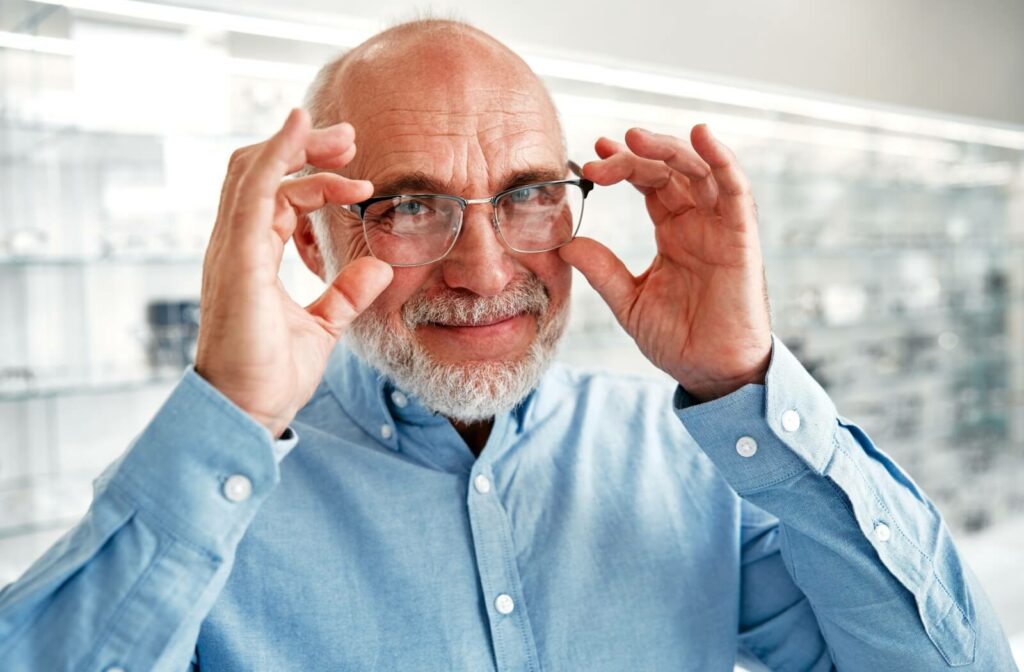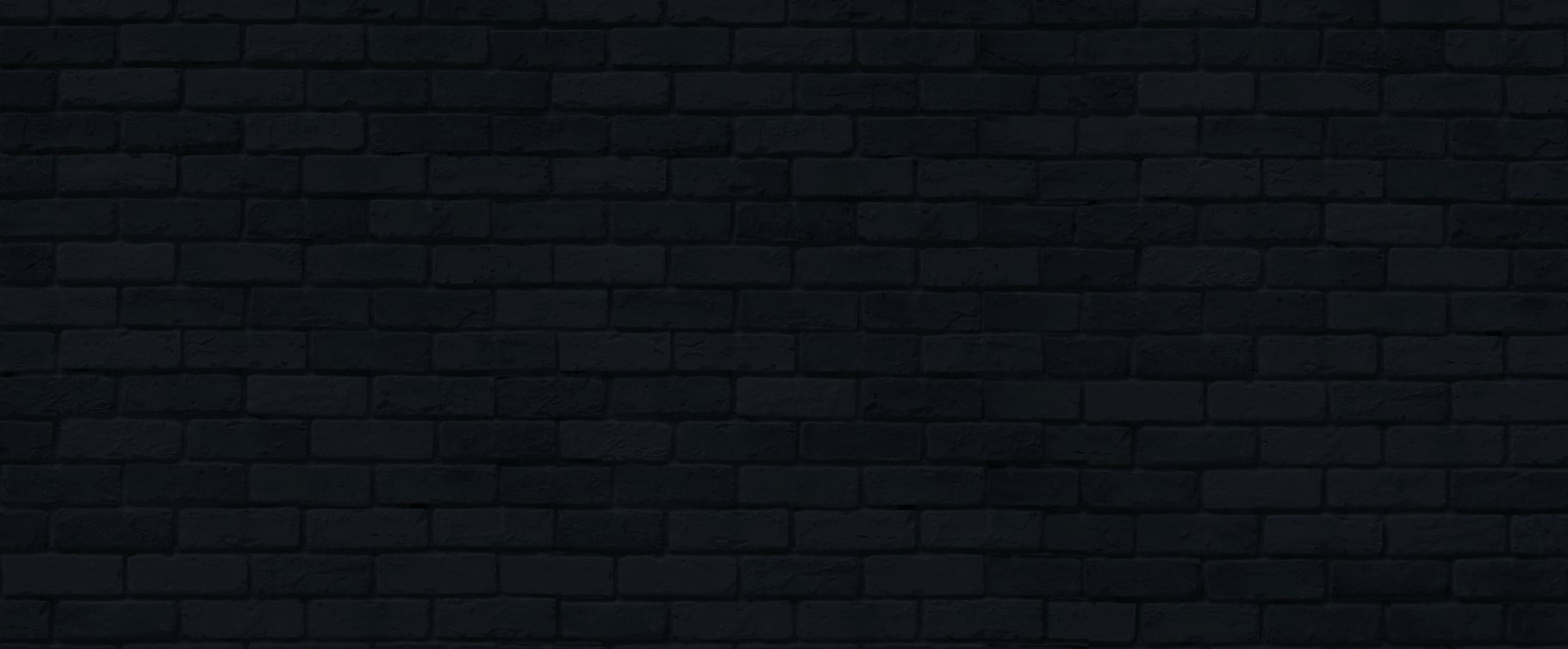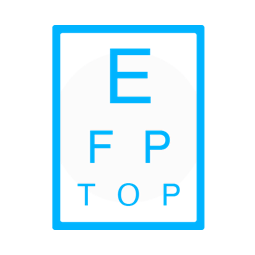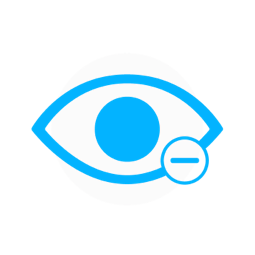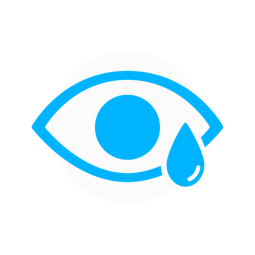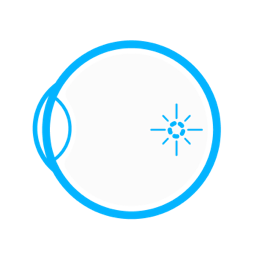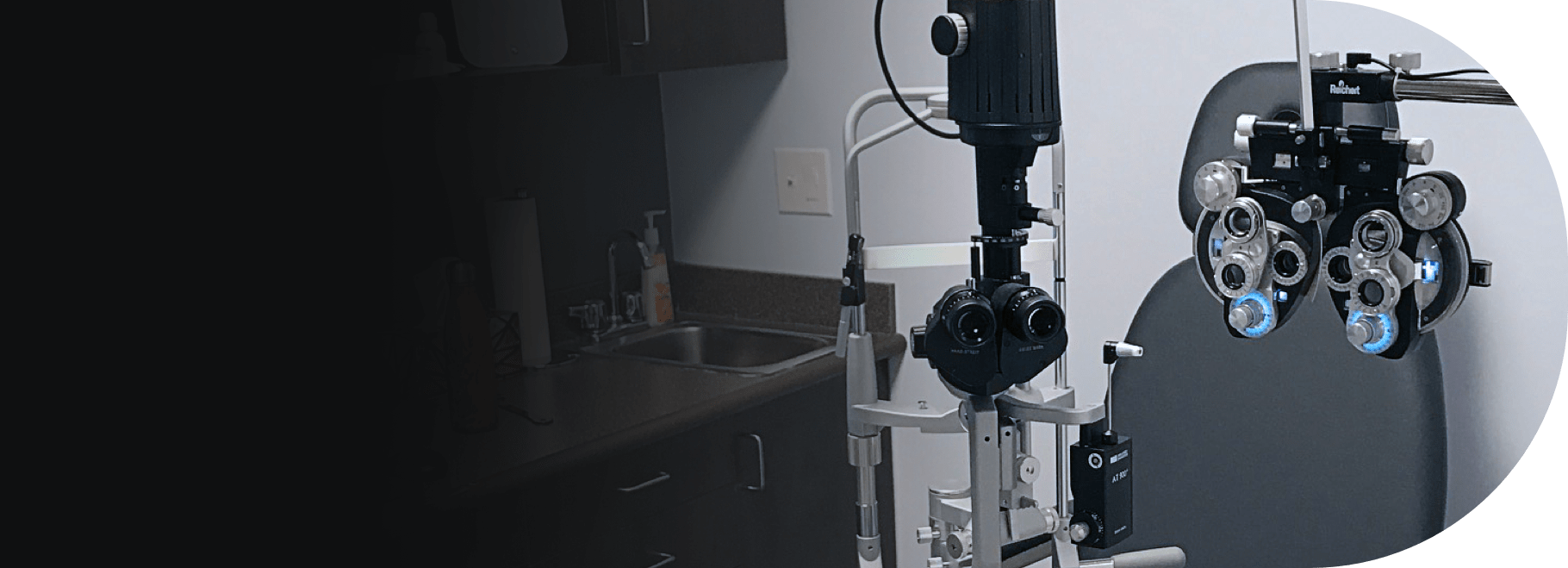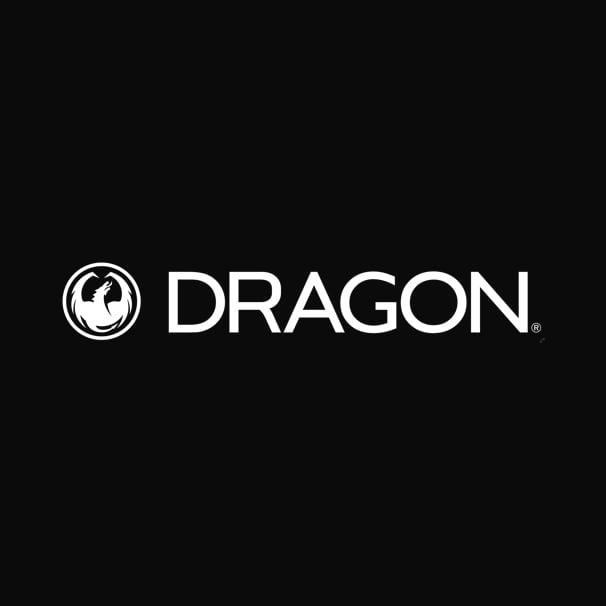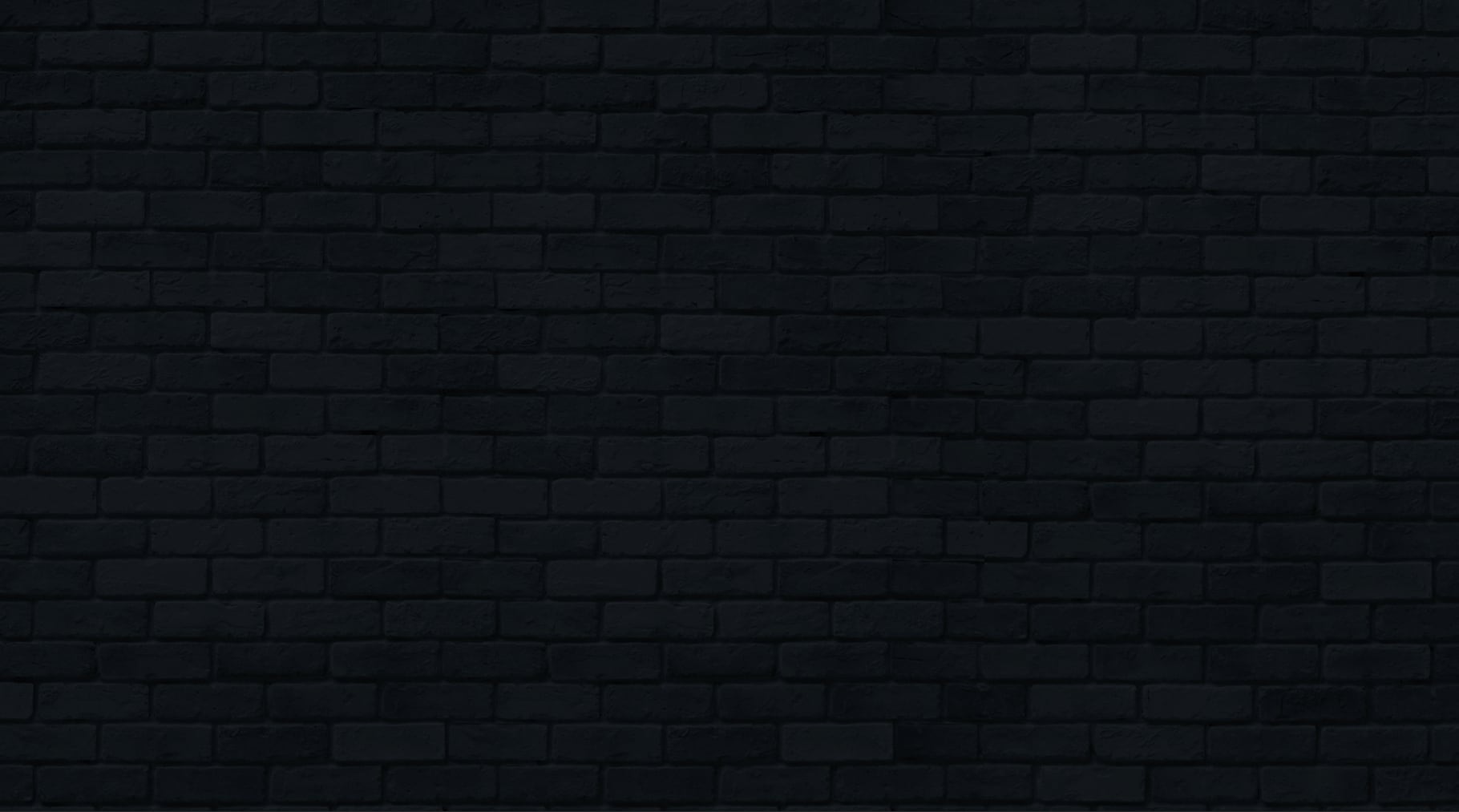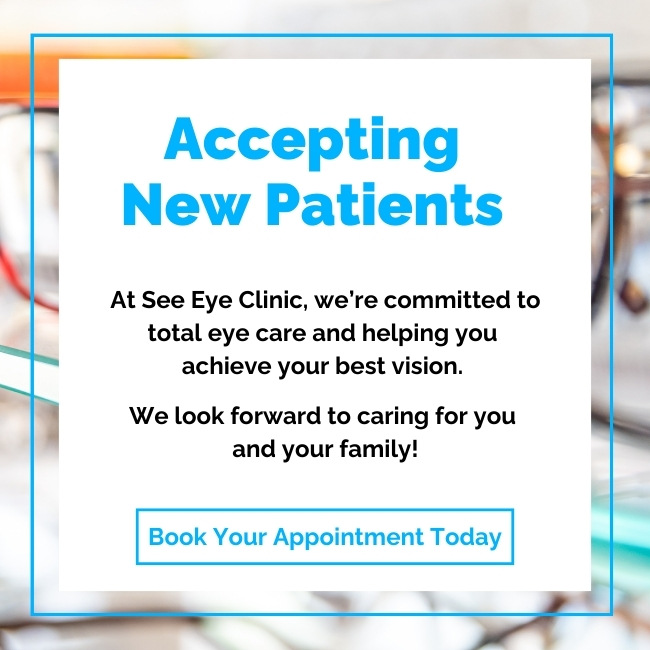Myopia and hyperopia are refractive errors (eye conditions) that affect visual clarity. Although both cause blurry vision, there are several key differences between them:
- An eye with myopia is too long or its cornea curves steeply, resulting in blurry distance vision while close-up vision remains clear.
- An eye with hyperopia is too short or its cornea curve is too flat, resulting in blurry close-up vision while distance vision remains clear.
Glasses, contacts, and refractive surgeries are common, effective, and safe options for correcting both conditions. A routine exam can identify the underlying cause of blurry vision. Book an appointment today, and say goodbye to blurry vision, eye strain, and visual discomfort!
The Science of Sight
In a normal eye, light is focused directly on the retina—a tissue that sends visual signals to the brain.
If your eye is too long or your cornea is too curved, light focuses in front of the retina, resulting in myopia (nearsightedness). The result is blurry distance vision, while close-up vision remains unaffected.
Conversely, if your eye is too short or your cornea is too flat, light focuses behind the retina, resulting in hyperopia (farsightedness). The result is blurry near vision, while distance vision remains clear.
Myopia: A Closer Look
Blurry distance vision, squinting to focus on far-away objects, and headaches or eye strain during activities that require distance vision are all hallmark symptoms of myopia.
Myopia often develops during childhood and can progress during adolescence. Factors contributing to this condition include:
- Genetics: Myopia tends to run in families. If one or both parents have myopia, there’s a greater likelihood that their child might develop it too.
- Screen time and close-up work: Spending long hours focusing on up-close tasks, like screens or reading, leads to eye strain, contributing to myopia progression. Studies suggest that spending time outdoors in natural light encourages healthy eye growth.
For the most part, myopia is straightforward to manage. Options like glasses and contact lenses are safe, effective, and comfortable options for correcting myopia.
However, leaving myopia unmanaged can lead to greater risks. Without proper intervention, myopia can continue progressing as children’s eyes continue to grow. As the eye continues to elongate, its delicate structures become stressed, increasing the likelihood that a person will develop more serious eye conditions later in life.
Although there’s no cure for myopia, interventions like myopia control therapies can slow eye elongation and prevent myopia (and vision) from worsening.
Since children’s eyes are constantly growing, they’re more likely to respond to myopia control therapies. The earlier we implement these control measures, the better!
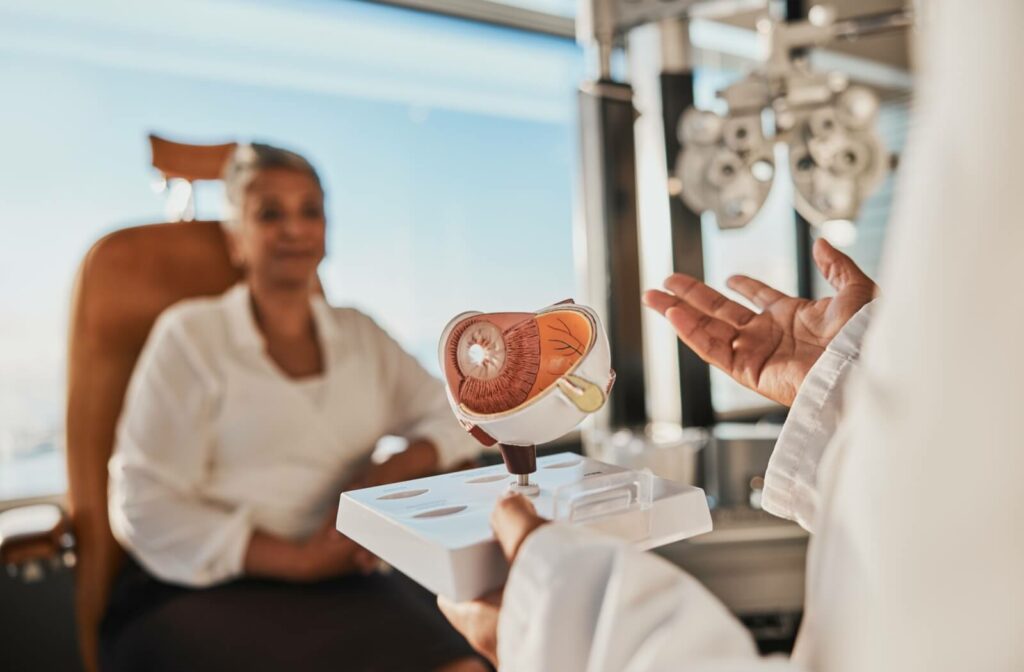
Focusing on Hyperopia
People with uncorrected hyperopia might notice blurry vision when focusing on close-up tasks like reading or using a phone. They may also develop eye fatigue or discomfort.
Uncorrected hyperopia can disrupt daily activities, especially for children. While a child may have no problem seeing the whiteboard from their seat, reading and writing become challenging when near vision is blurry.
Like myopia, farsightedness tends to run in families. However, developmental irregularities in the eye’s shape can also cause hyperopia. Although hyperopia may be present at birth, the eyes can compensate for the blurriness in mild cases, which is why it might go unnoticed for a longer period until symptoms worsen.
Myopia vs Hyperopia: The Differences
Although myopia and hyperopia are similar, they affect vision and overall eye health in different ways.
The primary difference between these two refractive errors lies in how they affect your vision:
- Myopia affects distance vision, making tasks like driving, working on your computer, or sports and outdoor activities more challenging.
- Hyperopia affects near vision, affecting tasks like reading, writing, or looking at your smartphone.
These differences occur because of how these conditions physically alter the eye:
- Myopia results when the eye is too long or the cornea is too curved, causing light to focus in front of the retina.
- Hyperopia results from a shorter eye or a flatter cornea, causing light to focus behind the retina.
Both conditions can disrupt daily tasks, especially in today’s world where screens and close-up tasks dominate work and leisure activities. Those who are farsighted will find it harder to focus, while eye strain from prolonged tasks can contribute to worsening myopia.
Recognizing these differences is key because they guide the management approach for each condition:
- Concave lenses for glasses correct myopia by encouraging light to focus properly on the retina. Contact lenses and refractive surgeries are also common corrective methods.
- Myopia management therapies like MiyoSmart lenses, low-dose atropine drops, and MiSight daily contact lenses can slow myopia progression.
- Glasses with convex lenses correct hyperopia by encouraging light to focus properly on the retina, as well as contact lenses or refractive surgeries.
The Next Steps for Healthier Vision
Whether you’re dealing with myopia or hyperopia, or simply need a routine eye check-up, maintaining your eye health should always be a priority. The right diagnosis and treatment can significantly improve your quality of life.
At See Eye Clinic, we’re here to help you every step of the way. Connect with our team to schedule an eye exam. Clear vision is closer than you think!


